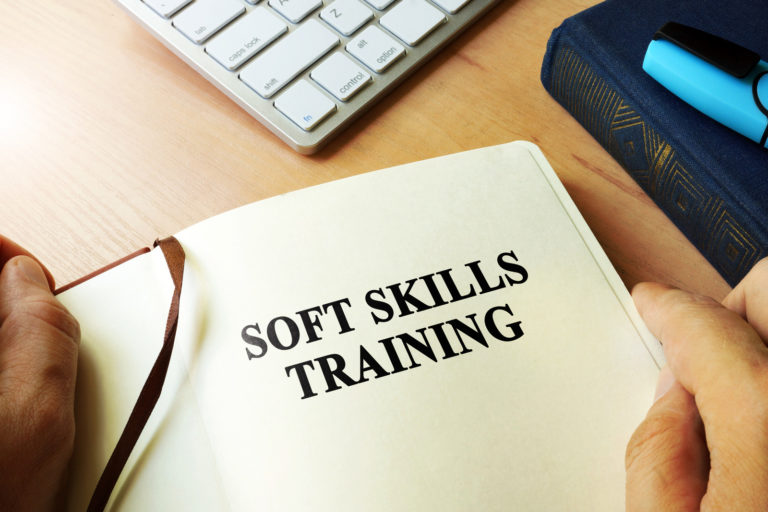Working with Intent
Don’t be busy, be purposeful.
It isn’t always easy to connect your day-to-day work to your HR job description. If your role hasn’t been easily outlined – use this framework to think about connecting activities to outcomes.
A job can be divided into three categories: activities, outputs, and outcomes. To be successful in your job, it is useful to understand the difference between these, and how much time and energy is appropriate for each task is. Most job descriptions are not thorough — they are job advertisements to get candidates to apply to. Conventional job descriptions are usually a formality to check certain HR, legal, or compliance boxes.
It is important to focus on the tasks or activities that an employee would spend time doing in their job. Activities can be beneficial to the organization or they could be busywork of low value. It is better to spend more time on describing the desired activities that lead to outcomes than on activities that don’t deliver valuable business results.
Here are some examples of activities:
- Reading and answering emails and slack messages. Being responsive
- Attending (preferably participating in) meetings
- Mentoring and coaching others
- Organizing working sessions, meetings, and presentations
- Reviewing the work output of others
- Providing substantial and insightful feedback provided on work, documents and plans created by others
- Interviewing job candidates
The activities in the above examples by themselves are often insufficient. You could have a very busy day at work every day, and yet accomplish little in terms of valuable results. When the first word that comes to someone’s mind in describing their work is “busy,” it is a sign that they are far more focused on activities than results. If you had to describe your work in one phrase, it should be phrases like “meaningful,” or “challenging.”
While outcomes are the most valuable part of any job outputs are the most easily measured and attributable. Examining your outputs is one way for your company to know about the value you personally add. Because outputs are tangible and can be reviewed by others, their examination leads to your management being able to align your work continually to the organization’s desired results. To be considered outputs, these must exist in a physical and/or digital product. For example: documents, presentations, or spreadsheets.
Here are some examples of outputs:
- competitive research
- budget spreadsheets
- diagrams
- status reports with evidence of material work you did or progress you made
- software code
- multimedia, videos, photos, artworks
As a general best practice, you should share early drafts and prototypes of your work and ask for input and feedback. Your colleagues should have clear idea what you are working on and why.
Outcomes are the results. These are the most valuable and important part of your job. The activities you engage in and the outputs you produce should be towards these results. Results should be measurable (preferably with numbers), directly lead to the desirable objectives of your workplace being met.
Here are some examples of outcomes:
- meeting or exceeding revenue, profit, and/or growth targets
- process changes in operations and/or product areas resulting in savings of time and/or money
- better collaboration or relationships among distinct teams leading to quicker and higher quality product delivery
To take away from this article, avoid the cycle of feeling like you are too busy at work yet are not accomplishing the goals and desires of your organization’s and your satisfaction. Consider describing your job using this framework of activities, outputs, and outcomes to create a valuable and productive workflow. As we like to say at Open Ocean Group, when in doubt? Write and describe it out!








